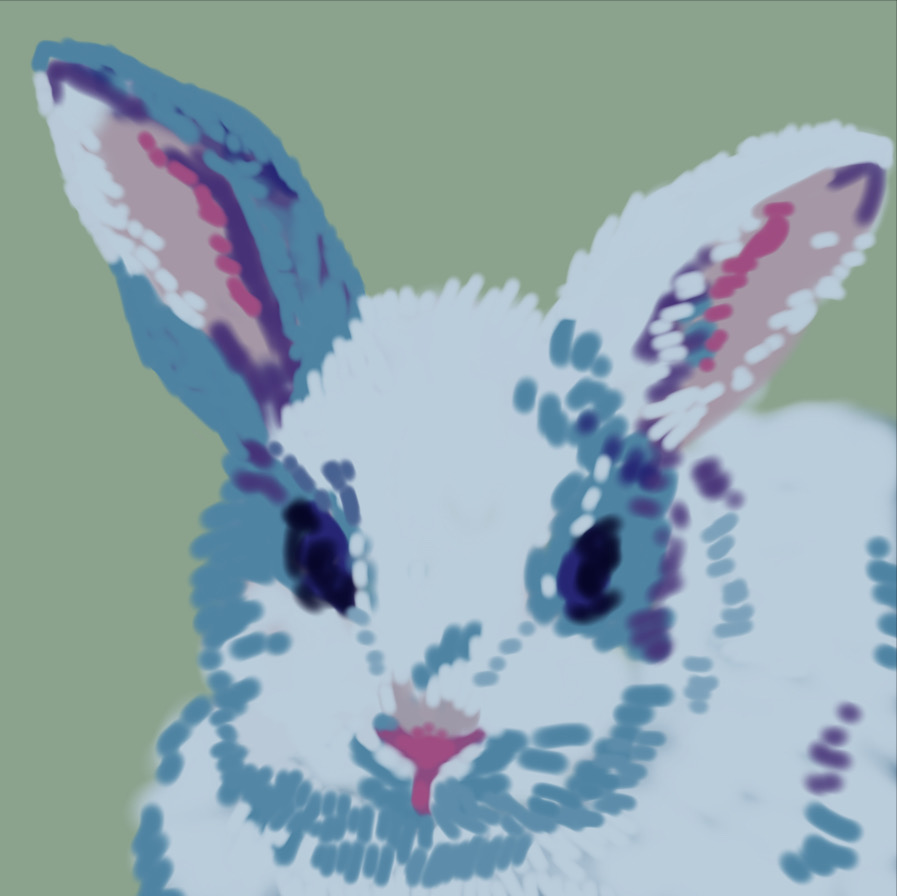The Bridge Between Easter and Bunnies
Modern Easter traditions stake their roots in centuries old practices.
July 1, 2023
Every year on Easter Sunday, many children embrace the tradition of running around searching for brightly-colored Easter eggs, allegedly hidden by the Easter Bunny. Often, they also receive an easter basket with presents. But how have bunnies and colorful eggs become associated with the holiday?
Easter is a Christian holiday celebrating the death and resurrection of Jesus Christ nearly 2,000 years ago. Jesus passed away on a Friday, but as myth has it, he rose from his deathbed only three days later. Christians soon talked about God taking Jesus up into the sky with him, and Sunday became the day to pray and worship their God above. It wasn’t until later though that Jesus’ resurrection really became associated with Sundays as well.
The connection between the Easter Bunny and Jesus’ resurrection is mysterious, but several theories exist. One of many myths states that the bunny is connected to Pagan traditions. Part of the Pagan tradition was the goddess of fertility, Eostre, whose symbol was a bunny. The bunny is also a sign of fertility in general, since rabbits are known for their energetic breeding. Since Easter eventually surrounded Jesus’s rebirth, the symbol of fertility seemed appropriate.
E
The topic of rebirth continues with the tradition of coloring and hiding eggs on Easter. The decoration of the eggs seems to have originated in the 13th century, when eating eggs wasn’t allowed because of Lent (which is when Christians mark Jesus’s time in the wilderness.). The eggs would be decorated instead, and acted as a symbol of new life. Only on Easter were eggs allowed to be consumed, which made them a rare treat and an even bigger part of the holiday. The hiding of eggs seemed to begin 200 years later, when the German Protestant Martin Luther, had the men in his congregation prepare an egg hunt for the women and children.
Now, what do eggs have to do with the Easter Bunny? The most common myth states that the Easter Bunny arrived in the United States with German immigrants during the 1700s. These immigrants planted themselves in Pennsylvania, and with them came a German tradition called “Osterhase,” an egg-laying hare. The children of the immigrants would build nests in which the bunnies left their colorful eggs. This tradition spread like wildfire across the US, developing into the Easter Bunny giving children sweets and little presents on Easter morning.
Although many holidays have been modernized and have lost their original purpose, almost all aspects of Easter originate from the resurrection of Jesus. Many parts of Easter today—the eggs, bunny and colors—are reminders of the story of Jesus’s resurrection, and fertility traditions. Furthermore, the holiday has developed to allow kids to enjoy Easter with all sorts of activities, both with family and friends. Ellie Sebesta ’25 informed the Register Forum of how she spends Easter with her family, hiding eggs for her cousins. Not all change has to be bad.










